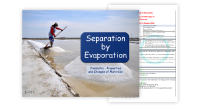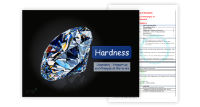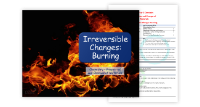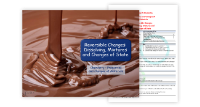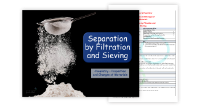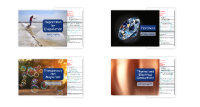Thermal and Electrical Conductivity

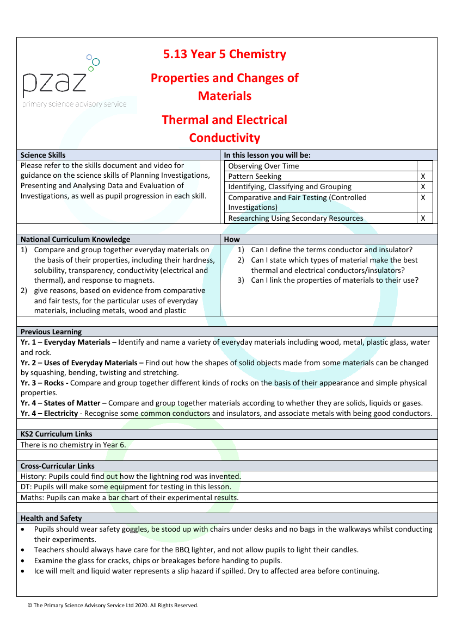
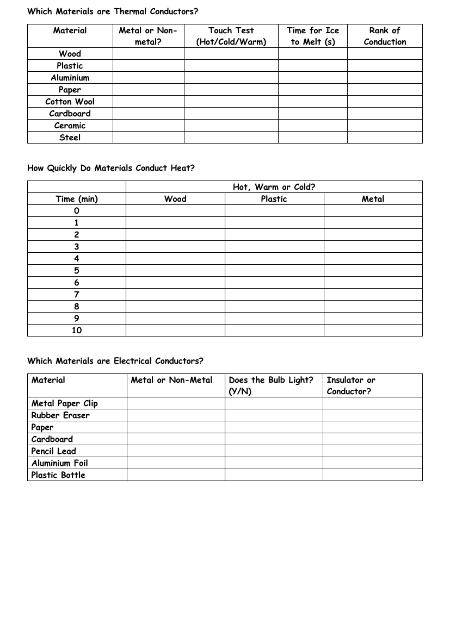
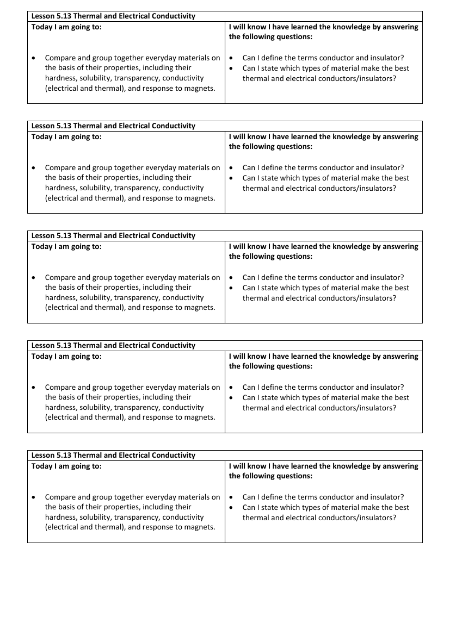

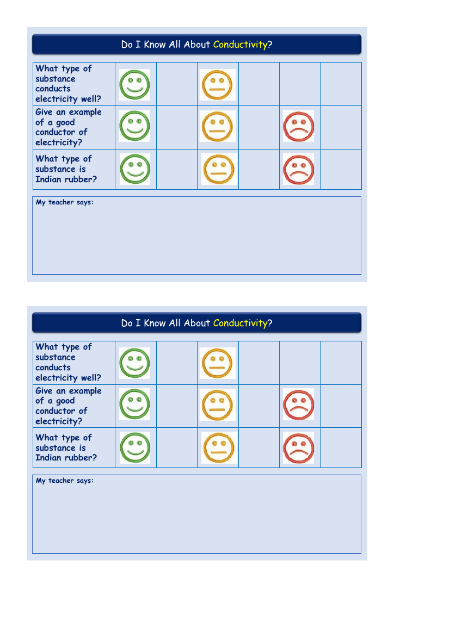

Science Lesson Description
This lesson aims to help students compare and group everyday materials based on their electrical and thermal conductivity. The students will also be able to give reasons for the specific uses of materials like metals, wood, and plastic. By the end of the lesson, students should be able to define the terms conductor and insulator, state which types of materials make the best thermal and electrical conductors/insulators, and link the properties of materials to their use.
The lesson will cover a review of prior learning, including everyday materials, uses of materials, states of matter, and electricity. Cross-curricular links to history, design and technology, and mathematics will also be incorporated. The lesson aims to correct any misconceptions such as thinking all metals are good conductors of heat, and all non-metals are electrical insulators. Keywords for the lesson include conductor, insulator, thermal, heat, and deformed.
Influential scientists such as Benjamin Franklin, Prokop Divis, and Nikola Tesla will also be discussed. The lesson will include two main activities: Thermal Conductors and Insulators and Thermal Conduction. Equipment for the activities include wooden ruler, plastic ruler, aluminium foil, paper, cotton wool, ceramic mug, cardboard, stopwatch, plastic building blocks, plastic bag, ice, mug or hard plastic cup, metal teaspoon, plastic teaspoon, wooden teaspoon or small length of dowel, and warm water. The activities will involve touch tests, recording times for ice to melt, and ranking materials based on conduction.
The science behind the lesson will be explained, including heat moving from hot regions to cold regions, metals feeling the coldest to the touch, and why metals will melt ice first. Possible questions for the students include the differences between the touch of metals and non-metals, which will melt ice more quickly, and what type of materials make the best conductors.
Important Lesson Guidance
Teachers have the flexibility to choose a variety of materials for testing, but it is important to ensure a variety of materials for students to handle. The water used in the second activity should be safe enough for students to handle.
